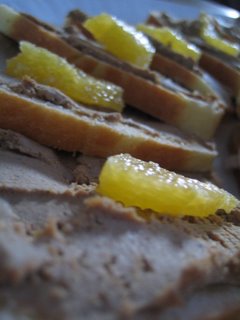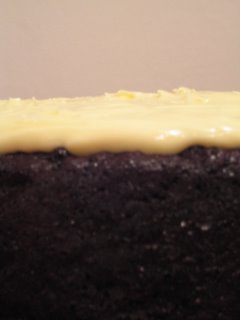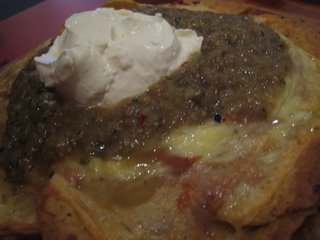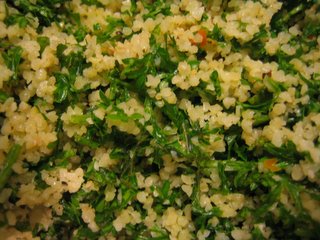 How about a selection of open sandwiches for your New Year celebrations, perhaps sardines on toast, peppered mackerel, smoked salmon, tiny radish sandwiches and duck liver paté on brioche?
How about a selection of open sandwiches for your New Year celebrations, perhaps sardines on toast, peppered mackerel, smoked salmon, tiny radish sandwiches and duck liver paté on brioche?Duck liver pâté on brioche. So decadent and delicious.
I make duck liver pâté like this :
450g duck livers, any sinewous bits removed
175g soft butter
1 small onion
2 cloves of garlic
brandy or cointreau or another liqueur or spirit
zest and juice of a lemon or orange
Fry the duck livers in some of the butter. Do this in batches so the pan is not overcrowded to allow the livers to brown nicely but not overcook, we want them cooked but pink in the middle. Put the livers in a food processor as they are cooked. Fry the zest, onions and garlic in more butter in the same pan until the onions are soft and just starting to colour. Deglaze the pan with the juice and alcohol and scrape everything into the food processor. Add the rest of the butter and some pepper. Puree the pâté then scrape through a sieve to make it as smooth as possible.
Serve on thinly sliced brioche, decorated with an orange or lemon segment or some pink peppercorns as the fancy takes you.
Happy New Year!




















